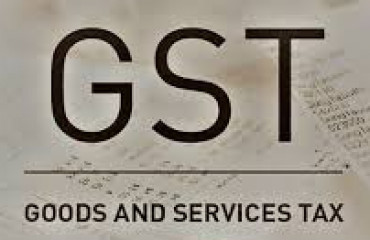
NEW DELHI : Electronic permits for transporting goods within and across states (e-way bills) shot up to a record high of over 84 million in September, signalling a strong boost to economic activity in the festive season.
NEW DELHI : Electronic permits for transporting goods within and across states (e-way bills) shot up to a record high of over 84 million in September, signalling a strong boost to economic activity in the festive season.
The increase in e-way bills also points to further improvement in goods and services tax (GST) receipts in October.
GST revenue receipts in October will be reported on 1 November. Official data available from Goods and Service Tax Network, the non-profit company that processes GST returns, showed that over 84 million e-way bills were generated in September.
E-way bill generation, which had seen a spike in March this year, leading to a record-high GST collection of nearly ₹1.69 trillion in April, has since remained more or less steady and saw a further pickup from June.
Experts said festive demand is at play. "In our view, the uptick in GST e-way bills implies manufacturers expect healthy festive demand. What remains to be seen is whether the positive sentiments sustain. There is an element of pent-up demand of two years that is supporting spending this festive season," said Aditi Nayar, chief economist at rating agency ICRA Ltd.
Besides festive demand, tax authorities' tracking of economic activities, including business-to-business transactions, is helping improve GST compliance.
The trend of improving trade in goods is in line with the manufacturing PMI data for September from S&P Global, which indicated an improvement in the health of the manufacturing industry, with companies stepping up production in tandem with a sustained increase in new work intakes. The rate of expansion remained historically high despite easing from August, S&P Global said on 3 October while reporting manufacturing PMI at 55.1 in September, which was in expansion territory for the 15th month in a row, calling it a solid rate of growth.
Nayar of ICRA also said one needs to see how rural demand plays out, given the unseasonal rains impacting farm output. Unseasonal rains have led to a spike in vegetable prices, with crop damages getting reported from Punjab and Maharashtra. Vegetable prices have recorded over 18% inflation in September, data from the statistics ministry released on Wednesday showed.
On 30 September, RBI expressed optimism that urban consumption was being lifted by discretionary spending ahead of the festival season, and rural demand was gradually improving while investment demand was gaining traction. According to the central bank, India's economy is expected to grow 7% this fiscal. The International Monetary Fund has already cautioned that 2023 could be worse than 2022, even as central banks in many countries raise interest rates to combat inflation. Finance minister Nirmala Sitharaman said at an event in Washington DC that the next Union budget would have to be "carefully structured" to sustain growth and contain inflation.
